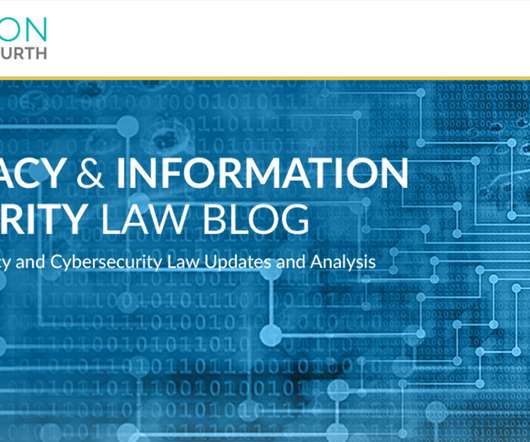CNIL Releases Guidance on Teleworking
Hunton Privacy
APRIL 3, 2020
Implementing a Virtual Private Network (“VPN”) solution to avoid direct exposure of the organization’s services on the Internet. If possible, organizations should enable two-factor authentication for VPN login. Finally, employees should be particularly aware of phishing attempts that have increased during the COVID-19 pandemic.











Let's personalize your content